Are you unknowingly wasting money every time you fill up your gas tank? Many drivers have habits at the pump that seem harmless but can cost them hundreds of dollars over time. Let’s break down the most common gas pump mistakes and how you can save money by avoiding them.
1. Topping Off: A Costly Habit
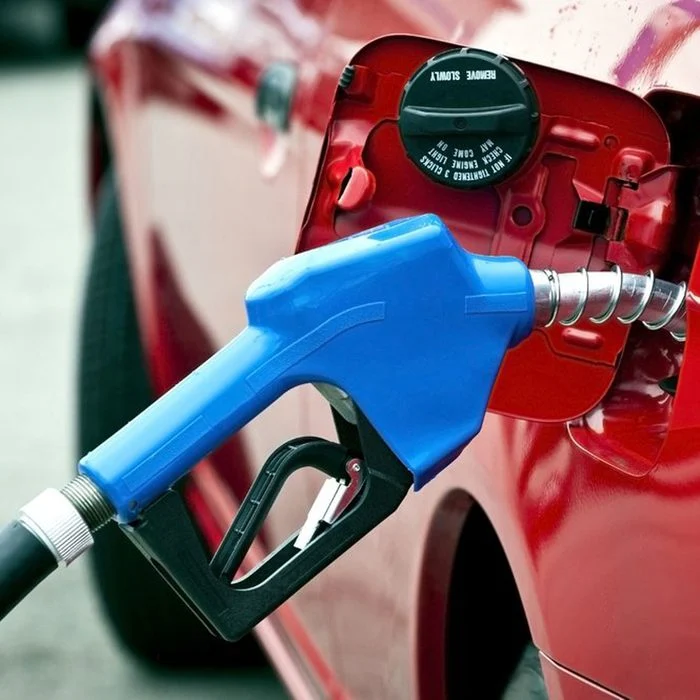
Topping off your tank may feel like you’re squeezing in a little extra mileage, but it actually works against you.
- Wasted Fuel: Most modern gas pumps have vapor recovery systems that absorb excess fuel once your tank reaches capacity. This means any extra gas you pump may not even make it into your tank.
- Potential Car Damage: Overfilling can cause damage to your vehicle’s evaporative emissions system, leading to costly repairs.
- Environmental Impact: Excess gas evaporates, contributing to pollution and reducing air quality.
To avoid this, stop filling when the nozzle clicks off automatically. Your wallet—and the environment—will thank you.
2. Fueling on the Wrong Day Can Cost You
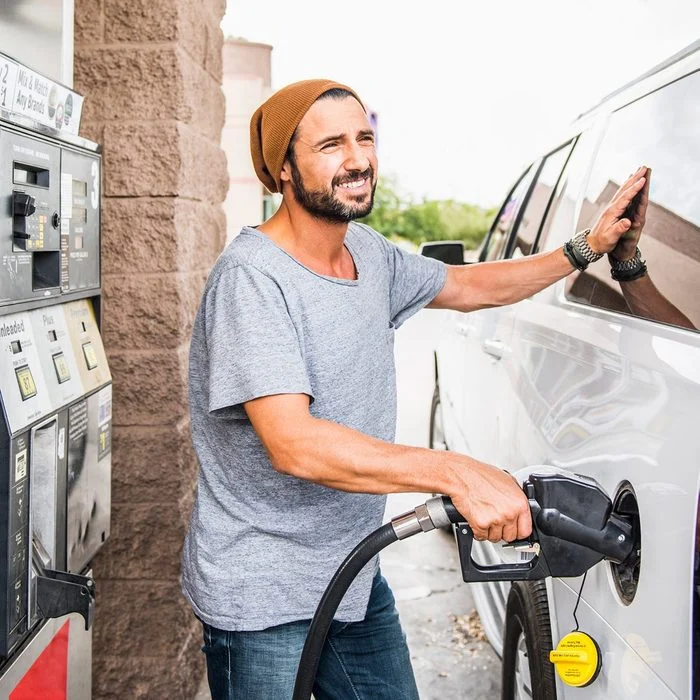
Did you know gas prices fluctuate throughout the week? Fueling up on the wrong day could mean spending more than necessary.
- Best Days to Buy Gas: Studies show that gas prices tend to be lower on Mondays and Tuesdays, while they rise toward the weekend.
- Worst Days to Buy Gas: Fridays and Saturdays typically have the highest fuel prices due to increased demand.
Planning ahead and filling up early in the week can lead to consistent savings over time.
3. Not Shopping Around for the Best Price
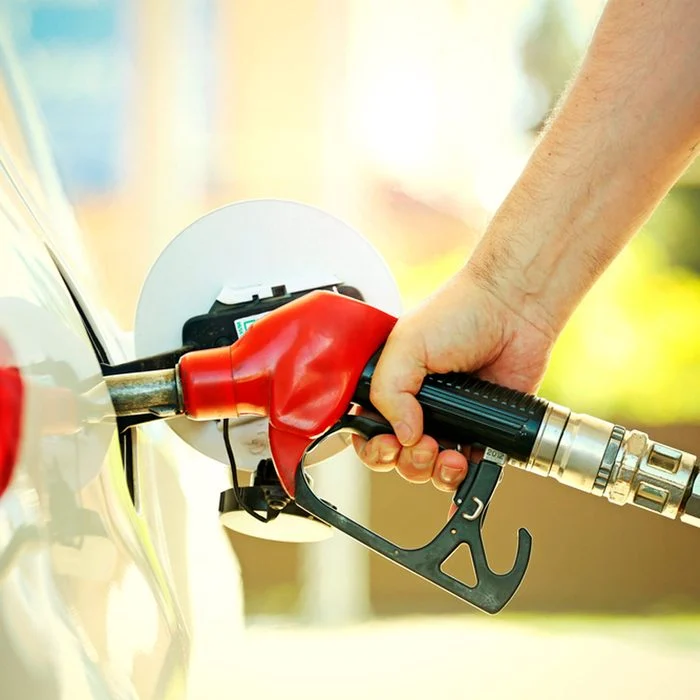
Convenience is great, but choosing the nearest gas station might be costing you extra money.
- Gas Prices Vary by Location: Prices can fluctuate significantly within a few miles, depending on location, brand, and local taxes.
- Use Gas Price Apps: Apps like GasBuddy, Waze, or Google Maps can help you find the cheapest gas in your area in seconds.
Even a small price difference per gallon adds up, especially if you drive frequently.
4. Ignoring Fuel Rewards and Loyalty Programs
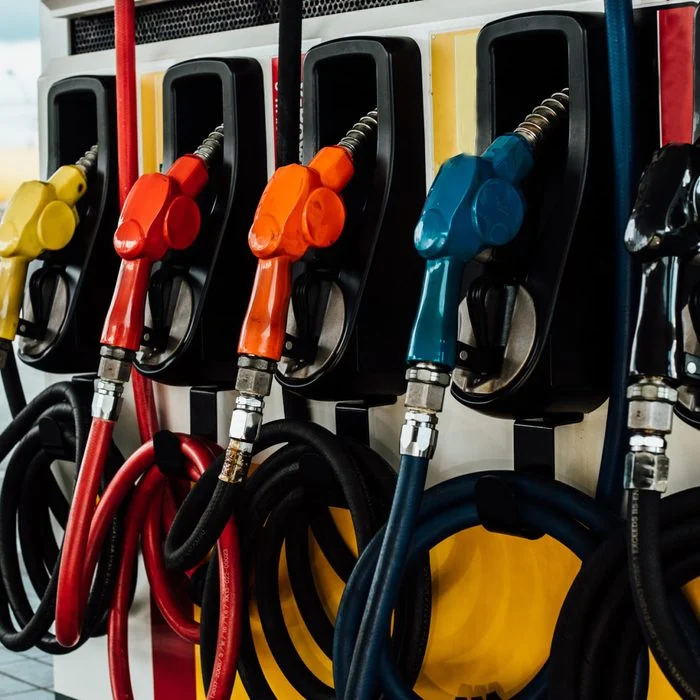
If you’re not taking advantage of fuel reward programs, you’re missing out on free savings.
- Gas Station Loyalty Programs: Major brands like Shell, Exxon Mobil, and Circle K offer discount programs for frequent customers.
- Grocery Store Rewards: Many supermarkets partner with fuel stations, allowing you to earn discounts at the pump based on grocery purchases.
- Stack Your Savings: Some credit cards also offer cash-back rewards on fuel purchases, giving you additional savings.
Signing up for these programs takes just a few minutes, but the savings add up every time you refuel.
5. Letting Your Tank Run Too Low
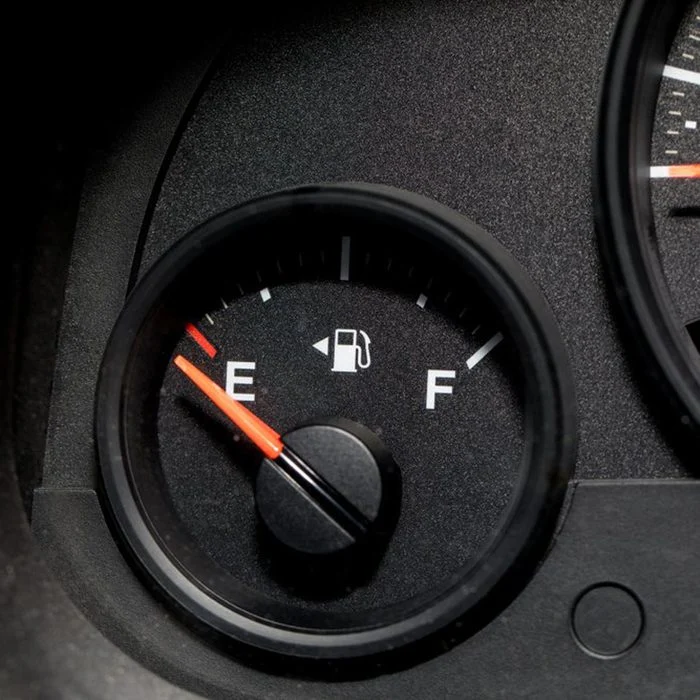
Many drivers wait until their gas light comes on before heading to the pump, but this habit can be dangerous and expensive.
- Risk of Getting Stranded: Running out of gas at the wrong time can leave you in a dangerous situation.
- Fuel Pump Damage: Driving on low fuel levels can cause your fuel pump to overheat and wear out faster, leading to costly repairs.
It’s best to refill your tank when it gets down to a quarter full rather than waiting until it’s nearly empty.
6. Paying Extra for Premium Gasoline When You Don’t Need It
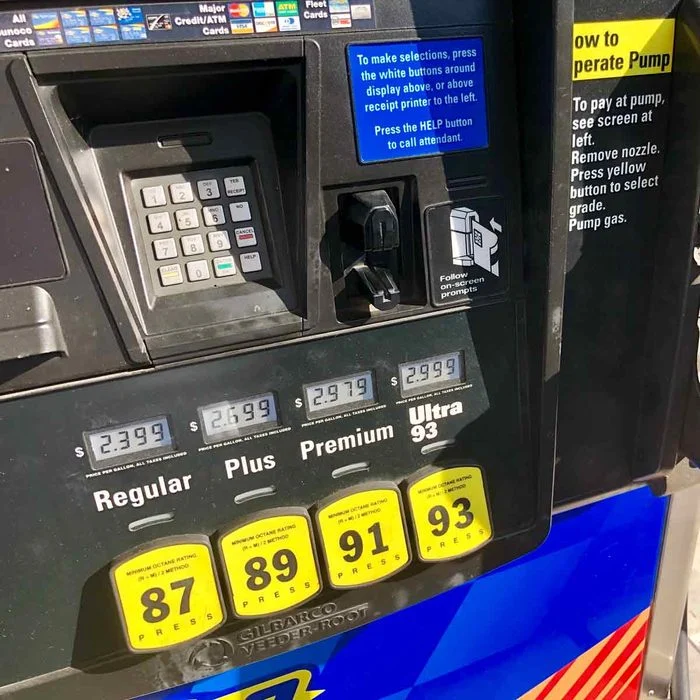
Many drivers assume that premium gasoline improves performance, but that’s not always the case.
- Most Cars Don’t Need Premium: Unless your vehicle specifically requires premium fuel, using it provides no real benefit.
- Higher Costs: Premium gas costs up to 30% more than regular gasoline.
- Massive Wasted Spending: According to AAA, Americans wasted over $2 billion on unnecessary premium gas in 2015 alone.
Check your owner’s manual—if your car runs on regular gasoline, save your money and skip the premium.
7. Ignoring Tire Pressure Costs You More Than You Think
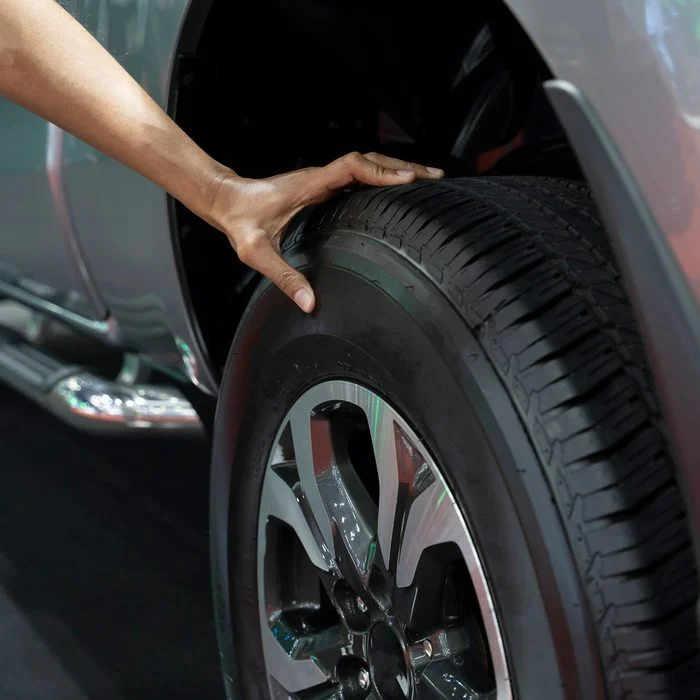
Tire maintenance might not seem related to fuel costs, but under-inflated tires reduce gas mileage and increase fuel expenses.
- Lower Mileage: Driving with low tire pressure forces your car to work harder, reducing fuel efficiency by up to 3%.
- Increased Tire Wear: Under-inflated tires wear out faster, leading to costly replacements sooner than expected.
- Solution: Many gas stations offer free or low-cost air pumps—make it a habit to check and inflate your tires while refueling.
Keeping your tires at the recommended PSI can help you save money on both fuel and tire replacements.
8. Not Using a Rewards Credit Card for Gas Purchases
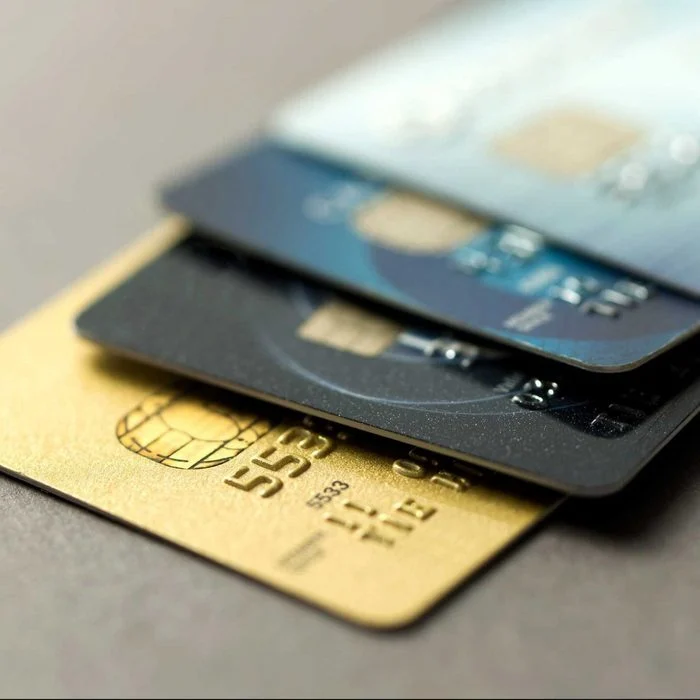
Are you missing out on free money? Many credit cards offer rewards or cash-back incentives specifically for gas purchases.
- Cash-Back Perks: Some cards provide 2-5% cash back on fuel expenses.
- Sign-Up Bonuses: Many credit cards offer introductory rewards that can save you hundreds of dollars annually.
- Pair with a Loyalty Program: You can double your savings by stacking a gas station rewards program with your credit card perks.
Before choosing a gas credit card, compare options and pick one that maximizes your savings at the pump.
Conclusion: Small Habits Lead to Big Savings
Fuel costs are a major expense, but making smarter choices at the pump can help you save hundreds of dollars every year. By avoiding costly habits—like topping off your tank, ignoring tire pressure, or paying for premium gas unnecessarily—you can keep more money in your pocket without changing your driving habits.
Want to save even more? Plan ahead, use rewards programs, and shop for the best gas prices in your area. Small changes add up quickly!